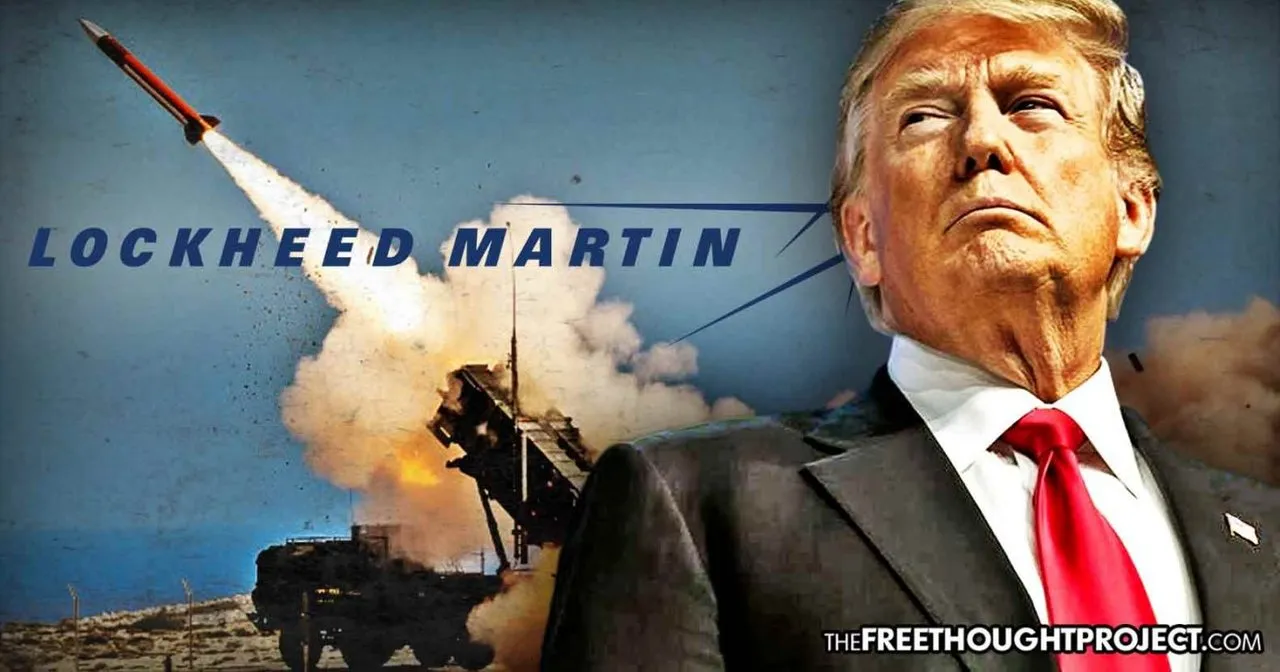
Washington, D.C. — U.S. President Donald Trump met with leaders of NATO member states last week in a “very intense” summit in which he reportedly secured commitments from European leaders of NATO member states to increase their weapons expenditures on the military alliance. Trump reportedly told NATO leaders during the summit that if they failed to meet defense spending targets of a 2 percent GDP by January, 2019, the United States would consider leaving the alliance – which prompted an emergency NATO session.
After the emergency meeting Trump told reporters, “I told people that I’d be very unhappy if they didn’t up their financial commitments substantially.”
Afterwards, some European leaders, such as Emmanuel Macron and Angela Merkel, disputed the claims that an agreement to increase their spending had been reached, while simultaneously proclaiming that their nations “must” increase military spending and NATO funding. While the “making NATO pay their fair share” schtick scores points with Trump’s base, it’s clear that the POTUS operates as the chief negotiator for U.S. weapons manufacturers.
The increase in international weapons sales orders, particularly from NATO nations, coupled with a dramatic increase in domestic military spending has seen production, from manufacturers like Lockheed Martin, “explode.” Whitney Webb, writing for MintPress News, explained:
The precipitous increase in Lockheed missile sales comes after the launch of Trump’s “Buy American” weapons-selling initiative to foreign allies, as well as his efforts to rewrite the government’s Conventional Arms Transfer policy and the International Traffic in Arms regulations in order to make it easier to export more military-grade weapons. Lockheed’s good fortune following Trump’s actions at the recent NATO summit again underscores Trump’s role as the U.S.’ top weapons salesman.
Underscoring this point, Bob Delgado, director of international business development for integrated air and missile defense at Lockheed, in an interview with Defense News, said the company plans to double its production capacity.
“There is a lot of interest in [Patriot Missiles], so much so we are doubling our capacity,” Delgado told Defense News, adding, that although Lockheed was currently meeting demand, “it is getting more difficult as more orders come in, and that is why we are foreseeing, along with the U.S. government, a point where we need to increase our capacity.” Reuters reported that “shares in Lockheed Martin (LMT.N), Boeing (BA.N) and other big U.S. arms makers have seen double-digit percentage rises since President Donald Trump took office in January 2017.”
The U.S. defense industry is without question the most prolific arms exporter in the world.
A recently created timelapse video created by data scientist Will Geary using data from the from the Stockholm International Peace Research Institute (SIPRI) Arms Transfers Database, which tracks the movement of major conventional weapons, reveals the flow of U.S. weapons exports across the globe over the past 67 years; from 1950 to 2017.
The revealing video show that in the 1950s, the majority of US arms went to Europe, Canada, Japan and Turkey. While in the 1960s, Germany was the recipient of the largest amount of U.S. weapons. Iran received the largest amount of U.S. weapons in the 1970s, until the U.S.-backed Shah was deposed by the Islamic Revolution in 1979, with Israel climbing into second on the list of recipients in the 1970s. The 1980s saw Japan receive the most weapons from the U.S., followed by Saudi Arabia and Israel, which was largely repeated in the 1990s.
In the 2000s, South Korea and Israel received the most weapons exports form the U.S. From 2010 until 2017, Saudi Arabia topped the list, with Australia next in line. Between 2013 and 2017, the US accounted for 34 percent of total arms exports, an increase of 25 percent from its exports between 2008-2012. After the United States, Russia, France, Germany and China had the largest number of arms exports.
“Based on deals signed during the Obama administration, US arms deliveries in 2013–17 reached their highest level since the late 1990s,” said Dr Aude Fleurant, director of the SIPRI Arms and Military Expenditure Programme.
“These deals and further major contracts signed in 2017 will ensure that the USA remains the largest arms exporter in the coming years.” The U.S. is clearly the undisputed champ of providing the world with advanced military armaments, with U.S. Presidents’ acting as the top salesman for these death merchants.